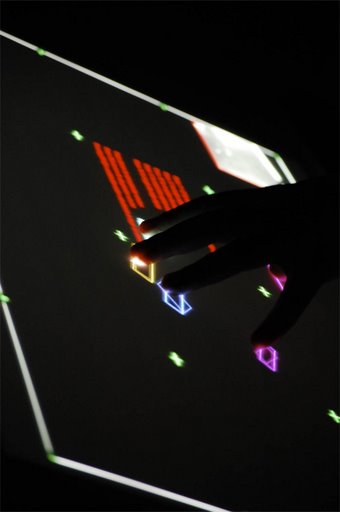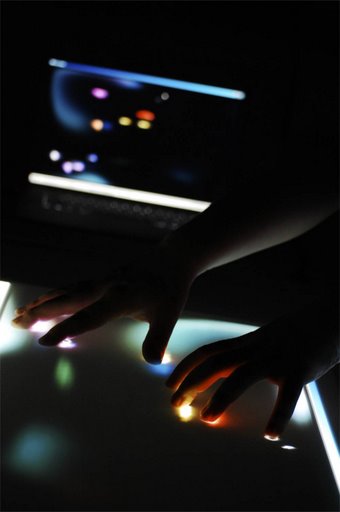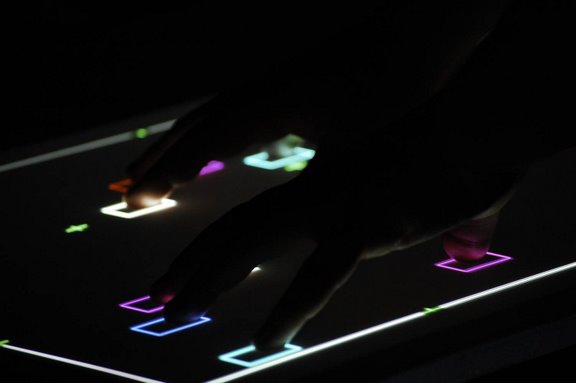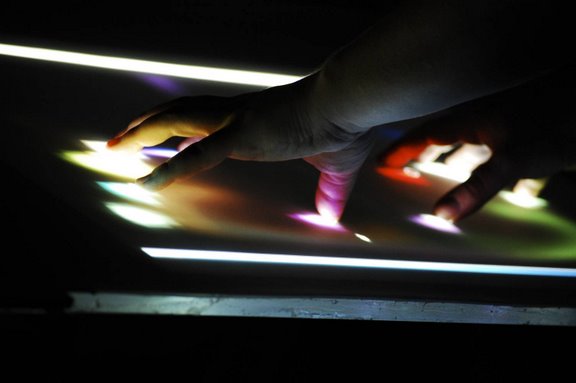|
We are conducting research on several aspects related to multi-touch displays. We have begun the development of an open-source, post-WIMP, platform-independent, multi-touch user interface development toolkit called PyMT. PyMT makes it very easy to prototype and develop multi-touch applications in Python. We are using multi-touch displays to develop advanced communication technologies for children with Autism Spectrum Disorders. In addition, we have developed visualizations of disease spread simulations in a hospital. |
pymt demo reel from Thomas Hansen on Vimeo. |
Research Team
Faculty: Juan Pablo Hourcade.Students: Thomas Hansen.
Alumni: Natasha Bullock-Rest.
Publications
Hansen, T.E. and Hourcade, J.P. (2010). Comparing Multi-Touch Tabletops and Multi-Mouse Single-Display Groupware Setups. Proceedings of MexIHC 2010. Winner of best paper award.Hansen, T.E., Hourcade, J.P., Segre, A., Hlady, C. and Wyman, C. (2010). Interactive Visualization of Hospital Contact Network Data on Multi-touch Displays. Proceedings of MexIHC 2010.
Hourcade, J.P., Bullock-Rest, N.E. and Hansen, T.E. (2010). Improving the quality of communication and social interactions for children with Autism Spectrum Disorders through multi-touch tablet applications. Clinical AAC Research Conference 2010. Iowa City, IA, October 8-10, 2010.
Hansen, T.E., Hourcade, J.P., Virbel, M., Patali, S. and Serra, T. (2009). PyMT: A Post-WIMP Multi-Touch User Interface Toolkit. Proceedings of Tabletop 2009. ACM Press: pp. 17-24.
Videos and Pictures
|
PyMT Video Tutorial 1 from Thomas Hansen on Vimeo. |
PyMT: Multitouch + Pen from Thomas Hansen on Vimeo. |



